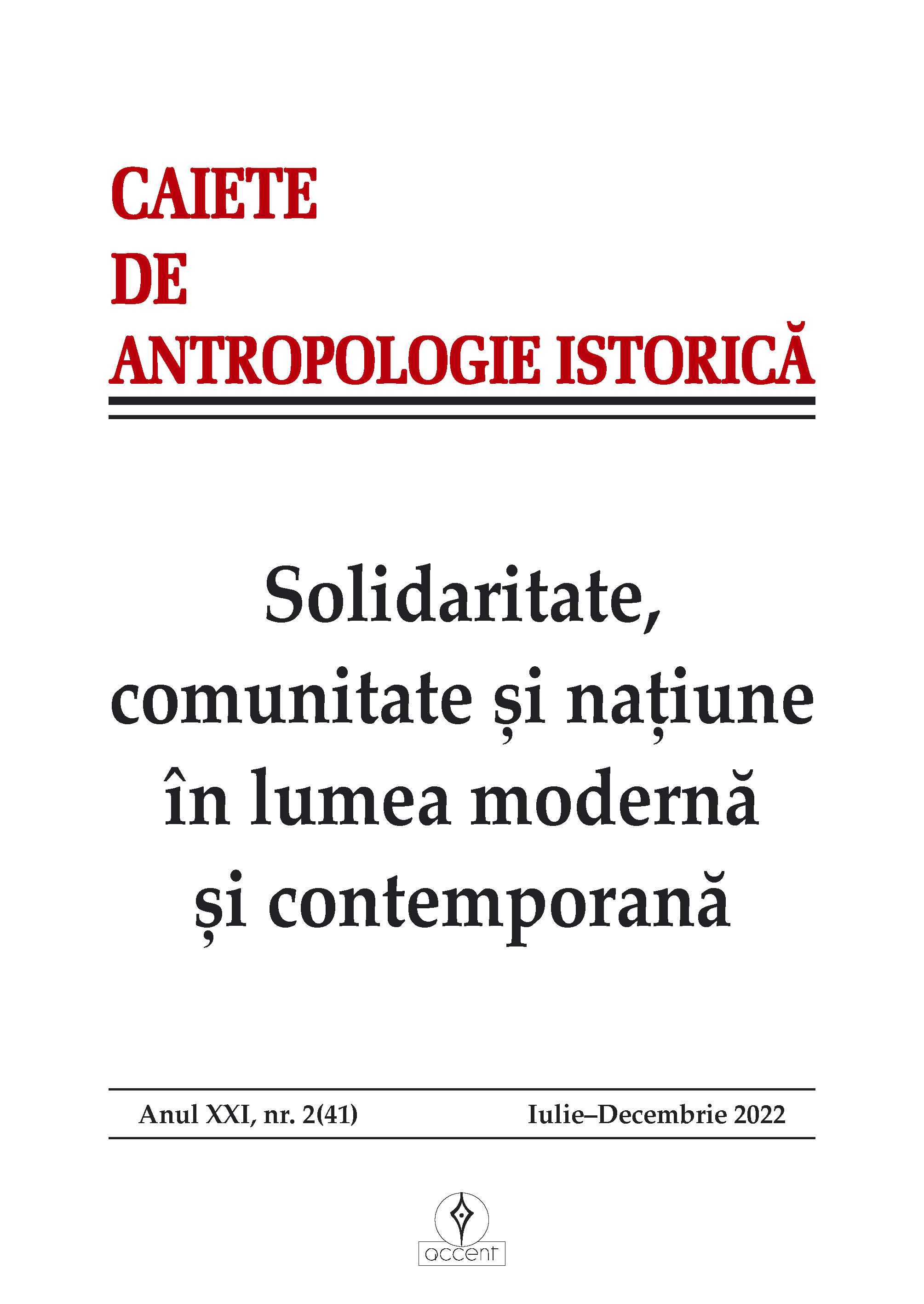Națiunile în așteptarea păcii (1918–1919). „Ieșire din război” sau „războiul de după război”?
Nations Waiting for Peace (1918–1919). “Exit from the war” or “the war after the war”?
Author(s): Mihai Teodor NicoarăSubject(s): Diplomatic history, Political history, Pre-WW I & WW I (1900 -1919), Interwar Period (1920 - 1939)
Published by: Accent Publisher
Keywords: The Great War; The Peace Conference 1919–1920; diplomacy; negotiations; armistices; peace treaties;
Summary/Abstract: The Paris Peace Conference of 1919–1920 ended the Great War. The subject of the Peace Conference has been opened to multidisciplinary research, which can highlight, from subtle angles, the depth of this great clash of interests and opinions. The research of the Peace Conference is for some specialists like the opening of Pandora’s Box, i.e. a reunification of the contradictory national positions related to this subject! For some historiographies the Conference was beneficial, for others – an injustice and a form of disillusionment. The Paris Conference was a time of tension, as political solutions were contradictory and the peace treaties disappointed both the vanquished and the victors. If the war appeared initially as a dispute over different and antagonistic national interests, it gradually turned into a crusade for freedom, unity and national integrity. That is why, even during the war, certain principles of negotiation and peace were adopted. Pope Benedict XV considered the war “a needless slaughter”, but the Vatican’s peace diplomacy failed. The President of the United States, Woodrow Wilson, saw himself from the beginning as a potential mediator of the war. He proposed the 14 points which were to serve as principles for organizing peace after the Great War. By inaugurating the concept of “exiting the war” to study the stages of the “slow decline of the war” after 1918, the historians emphasized the existence of a “war after the war”, which requires a rethinking of the chronology, the spatial framework of the war conflict, the truce and peace attempts. The Paris Peace Conference of 1919–1920 reshaped the map of Europe and of the world. In the years following the conclusion of the peace treaties, a widespread feeling that peace had not really been achieved became widespread in public opinion and political circles.
Journal: Caiete de Antropologie Istorică
- Issue Year: 2022
- Issue No: 41
- Page Range: 110-134
- Page Count: 25
- Language: Romanian

